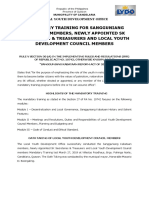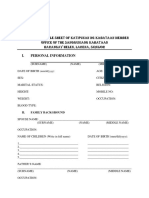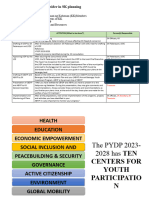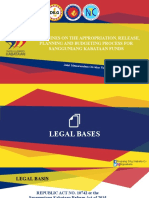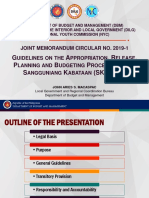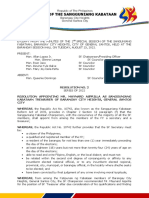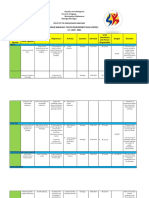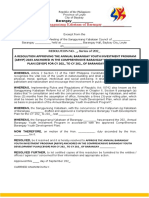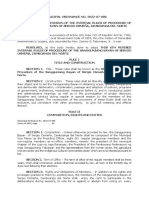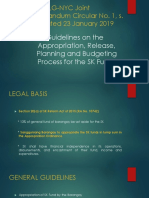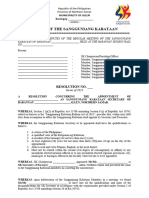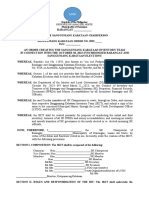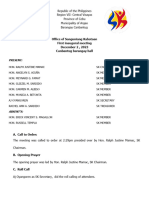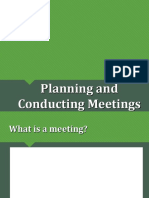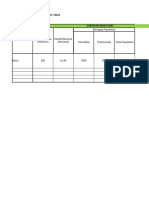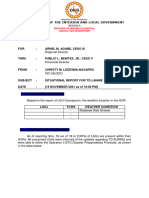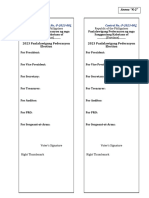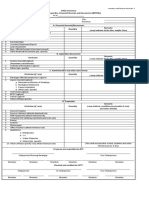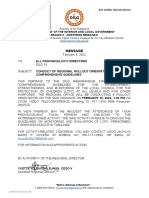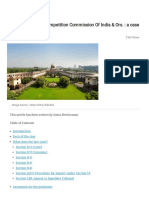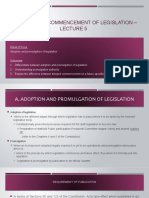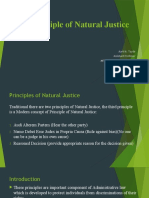100% found this document useful (1 vote)
477 views24 pagesM2S1 Session Guide
Here are some ways to send the Notice
of Meeting:
- Flyers/Posters
- Text/SMS
- Social Media (Facebook, Viber Group)
- Email
- Phone Call
The key is to use a communication channel that
ensures all attendees will receive the notice on
time.
B. During the Meeting
What are the things that need to be observed 1-2 Participants will give their
during the conduct of the meeting based on the observations.
video? Expected answers:
- On time
- Quorum
- Call to order
- Approval of agenda
- Reports
- Motions
- Discussions
- Resolutions
-
Uploaded by
Dilg ConcepcionCopyright
© © All Rights Reserved
We take content rights seriously. If you suspect this is your content, claim it here.
Available Formats
Download as PDF, TXT or read online on Scribd
100% found this document useful (1 vote)
477 views24 pagesM2S1 Session Guide
Here are some ways to send the Notice
of Meeting:
- Flyers/Posters
- Text/SMS
- Social Media (Facebook, Viber Group)
- Email
- Phone Call
The key is to use a communication channel that
ensures all attendees will receive the notice on
time.
B. During the Meeting
What are the things that need to be observed 1-2 Participants will give their
during the conduct of the meeting based on the observations.
video? Expected answers:
- On time
- Quorum
- Call to order
- Approval of agenda
- Reports
- Motions
- Discussions
- Resolutions
-
Uploaded by
Dilg ConcepcionCopyright
© © All Rights Reserved
We take content rights seriously. If you suspect this is your content, claim it here.
Available Formats
Download as PDF, TXT or read online on Scribd
/ 24



